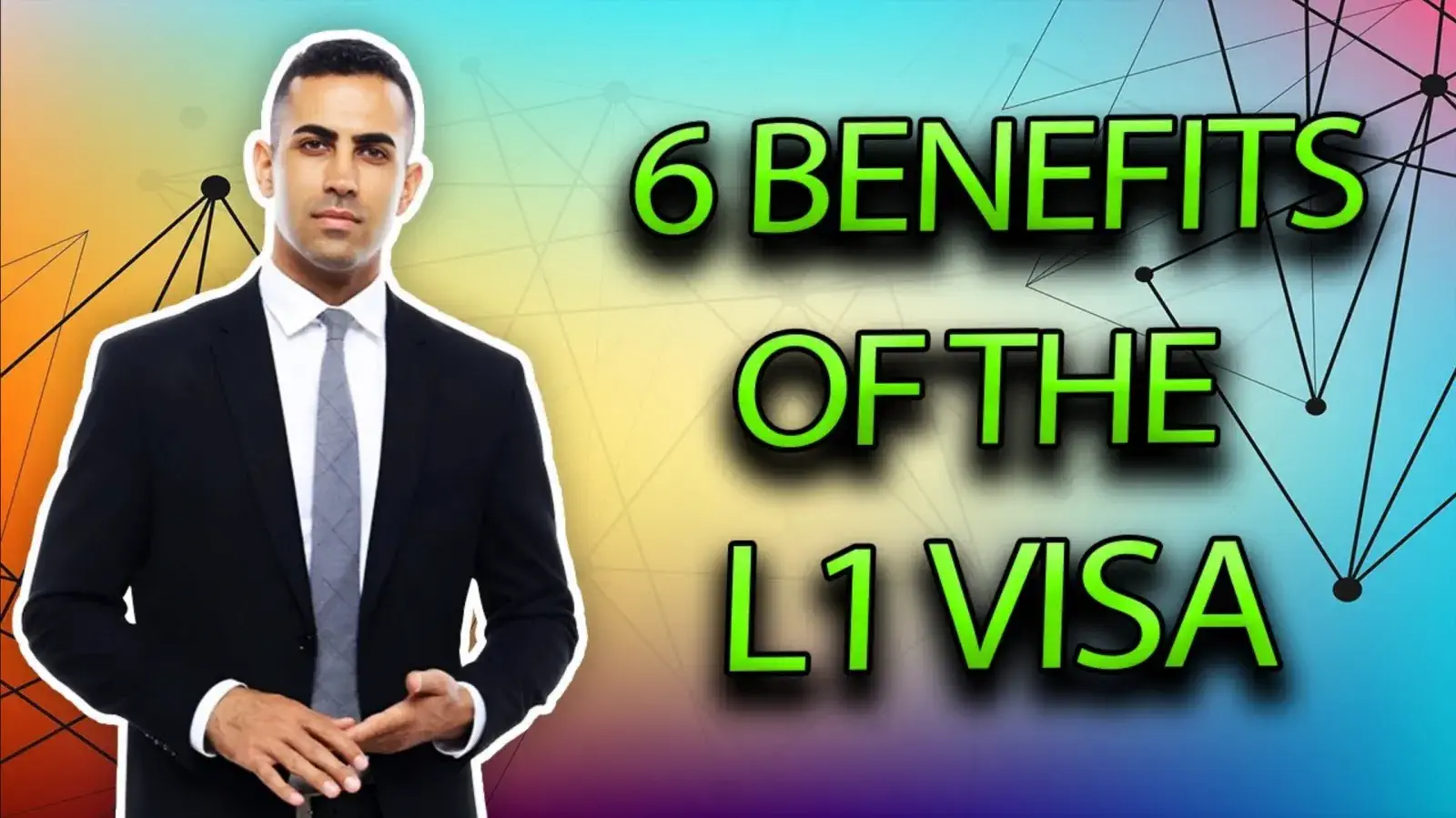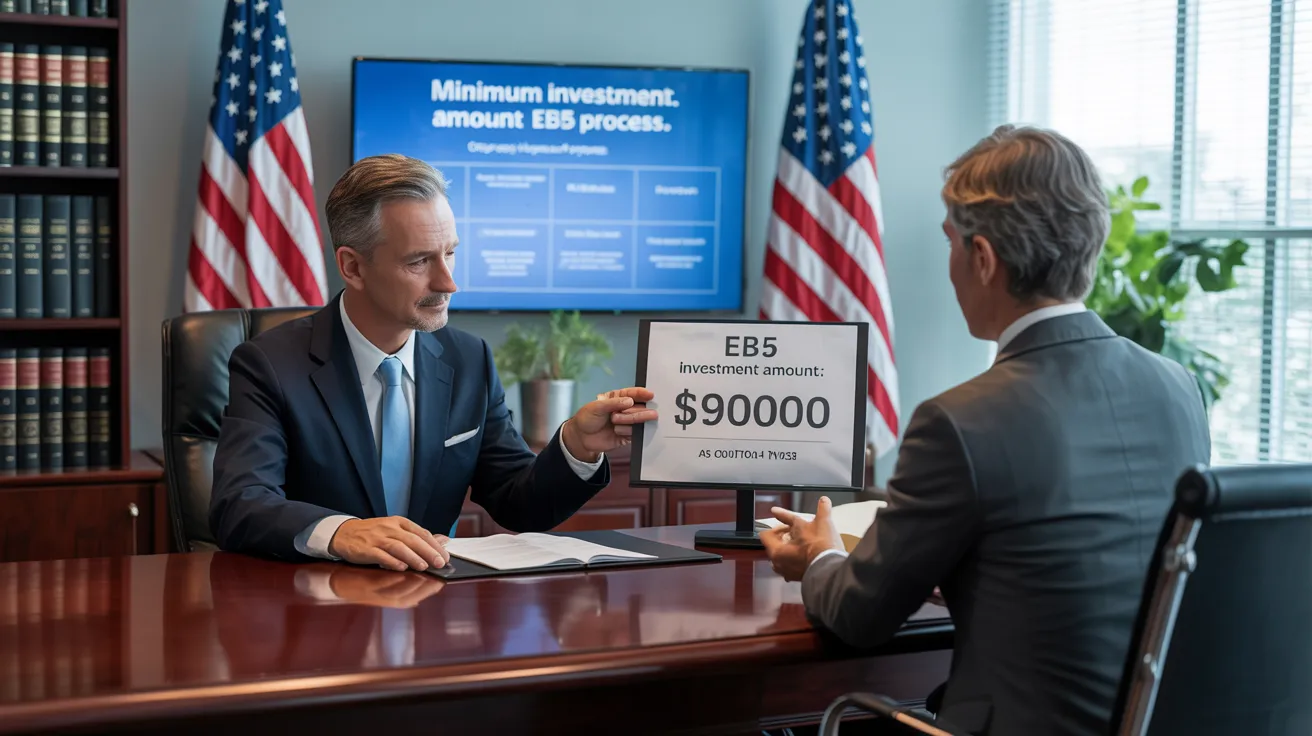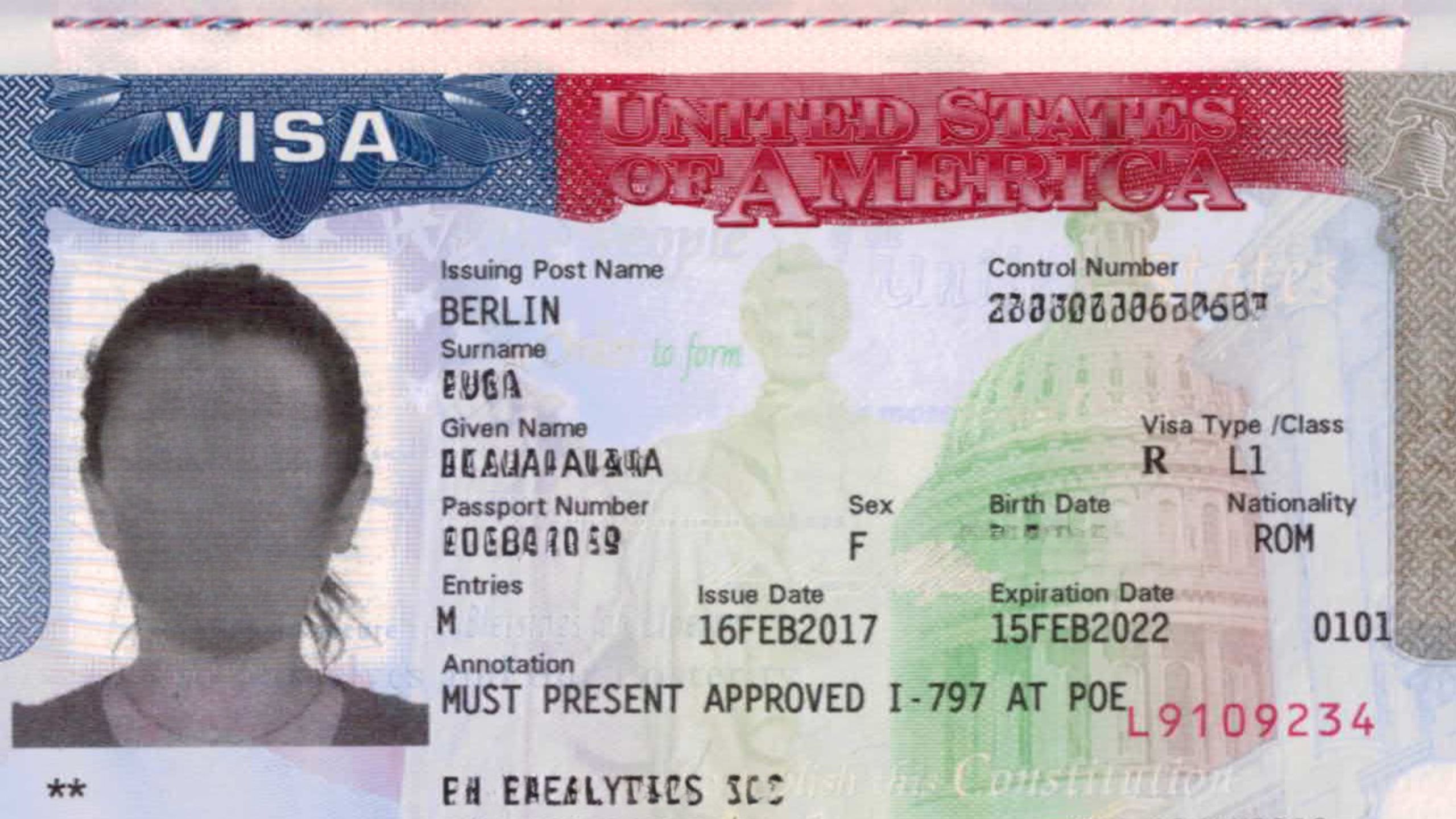Everything about L1 Visa
Table of ContentsL1 Visa Fundamentals Explained4 Simple Techniques For L1 VisaThe Definitive Guide for L1 VisaL1 Visa - TruthsA Biased View of L1 VisaThe Ultimate Guide To L1 Visa
Offered from ProQuest Dissertations & Theses Global; Social Scientific Research Costs Collection. DHS Workplace of the Assessor General. Gotten 2023-03-26.
United State Division of State. Obtained 2023-02-08. Tamen, Joan Fleischer (August 10, 2013).
The 9-Second Trick For L1 Visa
In order to be eligible for the L-1 visa, the international company abroad where the Beneficiary was employed and the United state business need to have a qualifying partnership at the time of the transfer. The various types of certifying partnerships are: 1.
Example 1: Firm A is included in France and utilizes the Recipient. Business B is included in the U.S. and wants to request the Beneficiary. Firm A has 100% of the shares of Firm B.Company A is the Parent and Business B is a subsidiary. Consequently there is a certifying partnership between both business and Business B need to have the ability to fund the Beneficiary.
Business A possesses 40% of Company B. The continuing to be 60% is possessed and regulated by Firm C, which has no relation to Company A.Since Company A and B do not have a parent-subsidiary relationship, Company A can not fund the Beneficiary for L-1.
Company A possesses 40% of Business B. The staying 60% is had by Firm C, which has no relationship to Business A. Nonetheless, Business A, by formal contract, controls and complete takes care of Firm B.Since Company A has much less than 50% of Business B but manages and regulates the company, there is a certifying parent-subsidiary connection and Company A can fund the Beneficiary for L-1.
Not known Incorrect Statements About L1 Visa
Associate: An associate is 1 of 2 subsidiaries thar are both had and regulated by the same parent or individual, or owned and managed by the exact same team of individuals, in generally the exact same proportions. a. Instance 1: Company A is integrated in Ghana and employs the Recipient. Company B is incorporated in the U.S.
Business C, additionally incorporated in Ghana, has 100% of Firm A and 100% of Firm B.Therefore, Company A and Firm B are "associates" or sister firms and a certifying connection exists between the 2 firms. Company B must be able to sponsor the Beneficiary. b. Instance 2: Company A is included in the U.S.
Firm A is 60% owned by Mrs. Smith, 20% had by Mr. Doe, and 20% possessed by Ms. Brown. Company B is included in Colombia and presently utilizes the Recipient. Firm B is 65% possessed by Mrs. Smith, 15% had by Mr. Doe, and 20% had by Ms. Brown. Business A and Company B are associates and have find out more a qualifying relationship in 2 various ways: Mrs.
The L-1 visa is an employment-based visa classification developed by Congress in 1970, enabling international business to transfer their managers, execs, or crucial workers to their U.S. operations. It is generally described as the intracompany transferee visa. There are two main kinds of L-1 visas: L-1A and L-1B. These types appropriate for employees hired in different placements within a business.

Additionally, the recipient must have operated in a managerial, executive, get started or specialized worker placement for one year within the 3 years coming before the L-1A application in the foreign business. For new office applications, foreign work should have been in a supervisory or executive capability if the beneficiary is involving the United States to function as a manager or executive.
L1 Visa for Beginners

If approved for a united state firm operational for even more than one year, the initial L-1B visa is for up to three years and can be prolonged for an extra 2 years (L1 Visa). Conversely, if the U.S. firm is newly developed or has been operational for much less than one year, the initial L-1B visa is issued for one year, with extensions available in two-year increments
The L-1 visa is an employment-based visa group developed by Congress in 1970, allowing international business to move their supervisors, executives, or essential workers to their United state procedures. It is generally referred to as the intracompany transferee visa.
Some Known Facts About L1 Visa.
Additionally, the recipient should have worked in a managerial, exec, or specialized employee placement for one year within the 3 years preceding the L-1A application in the foreign company. For new office applications, foreign work must have been in L1 Visa process a supervisory or executive ability if the recipient is concerning the USA to work as a manager or executive.
for up to seven years to manage the procedures of the united state affiliate as an executive or supervisor. If issued for a united state company that has been operational for greater than one year, the L-1A visa is at first given for as much as three years and can be extended in two-year increments.
If granted for a united state firm operational for more than one year, the initial L-1B visa is for as much as three years and can be extended for an extra two years. Alternatively, if the united state business is freshly established or has been functional for much less than one year, the first L-1B visa is issued for one year, with extensions offered in two-year increments.